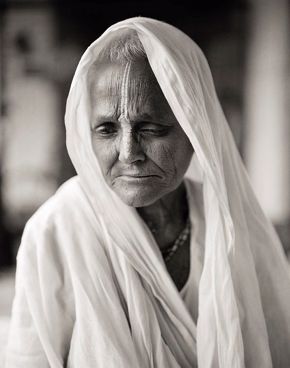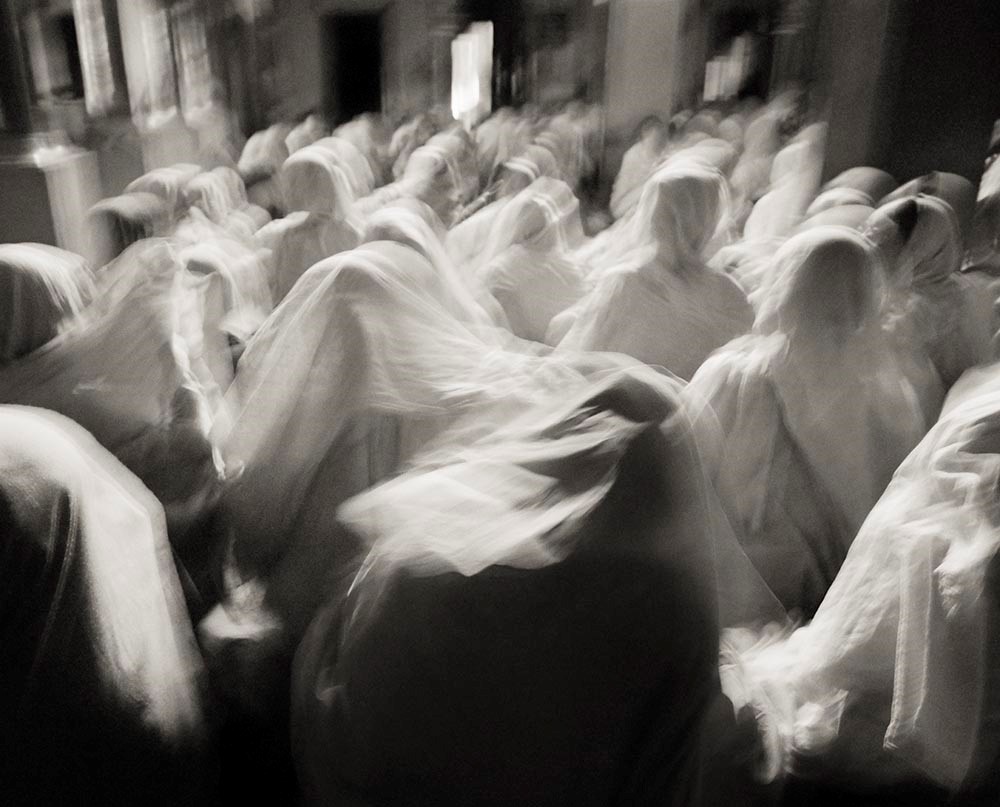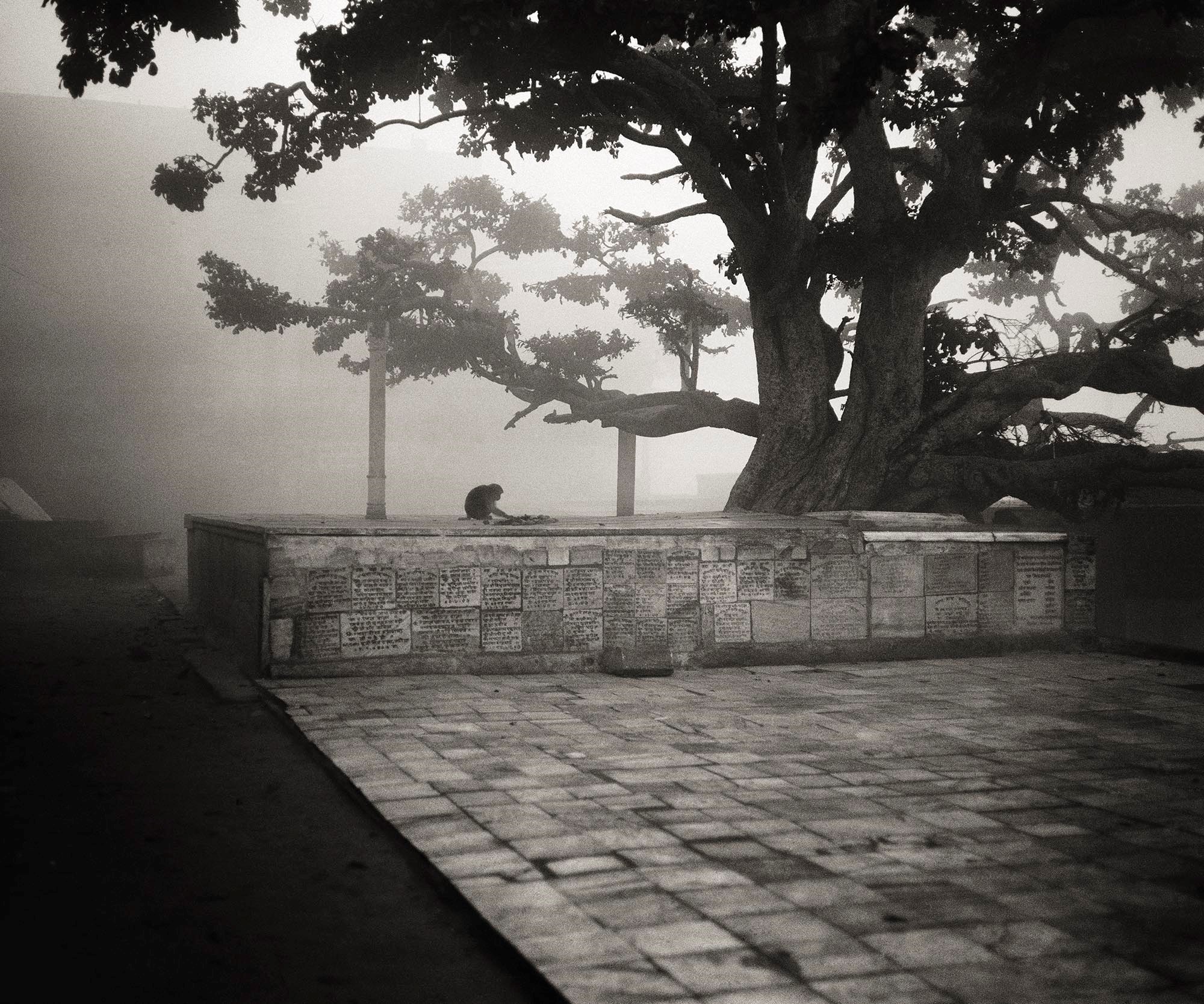Working at the Crossroads: Fazal Sheikh in the City of Widows May 19, 2017

Fazal Sheikh, Pramila Satar (“Lover”), Vrindavan, India, from the series Moksha, 2005, inkjet print, the Museum of Fine Arts, Houston, Museum purchase funded by Jane P. Watkins. © Fazal Sheikh
Fazal Sheikh, Jamaa Abdullai and Her Brother Adan, Somali Refugee Camp, Mandera, Kenya, from the series A Camel for the Son, 1993, printed 2016, inkjet print, the Museum of Fine Arts, Houston, Museum purchase funded by Jane P. Watkins. © Fazal Sheikh
A portraitist of deep empathy, Fazal Sheikh has traveled the world photographing displaced communities that he spends extended periods of time learning to understand.
In the City of Widows
For the series Moksha (2003–05), one of three projects made in India, Sheikh visited Vrindavan, a holy town in northern India said to be the childhood home of the Hindu deity Krishna. This “city of widows” is equally known for the thousands of women who migrate to the sacred area after losing their husbands. Some of the widows are even forced out by their own families. Chanting at ashrams, the veiled women pray for moksha, a higher state in which they are released from the cycle of reincarnation.

Fazal Sheikh, Bhajan Ashram at Dawn, Vrindavan, India, from the series Moksha, 2005, inkjet print, the Museum of Fine Arts, Houston, Museum purchase funded by Jane P. Watkins. © Fazal Sheikh
Meeting the Women of Vrindavan
Ever since he photographed Sudanese, Somali, and Afghan refugees in the 1990s—such as Jamaa Abdullai and Her Brother Adan—Sheikh has sought to bridge boundaries and create a wider understanding of marginalized groups. With Moksha, he crossed a different sort of cultural divide: gender. In images such as Bhajan Ashram at Dawn, we see that Sheikh has earned a first-hand view of a group of women in Vrindavan who sat for portraits and shared their dreams and suffering with Sheikh in interviews.

Fazal Sheikh, Dawn along the Yamuna, Vrindavan, India, from the series Moksha, 2005, inkjet print, the Museum of Fine Arts, Houston, Museum purchase funded by Jane P. Watkins. © Fazal Sheikh
Finding Resilience
Although many of the women’s experiences are devastating, what emerges in their words and images is less a sad story of victims than a picture of resilient individuals who find spiritual solace together despite being outcasts. For instance, a silhouetted monkey in Dawn along the Yamuna echoes the story of one widow who believes that her deceased daughter visits her, reincarnated as a monkey.
Portraits on the Periphery
The photographs of Vrindavan at dawn and dusk capture the city at in-between moments, similar to the stories of the widows who exist on the fringes—outside society but still of this world, living and breathing but longing for the next life. These threshold times and places also speak to a duality within Sheikh. Born to an American mother and Kenyan father, he grew up in New York City and spent summers in Kenya. This mixed heritage fuels his desire to spark conversations about people on the peripheries.
See “Homelands and Histories,” an exhibition of Fazal Sheikh’s portraits, in the Beck Building through October 1.





